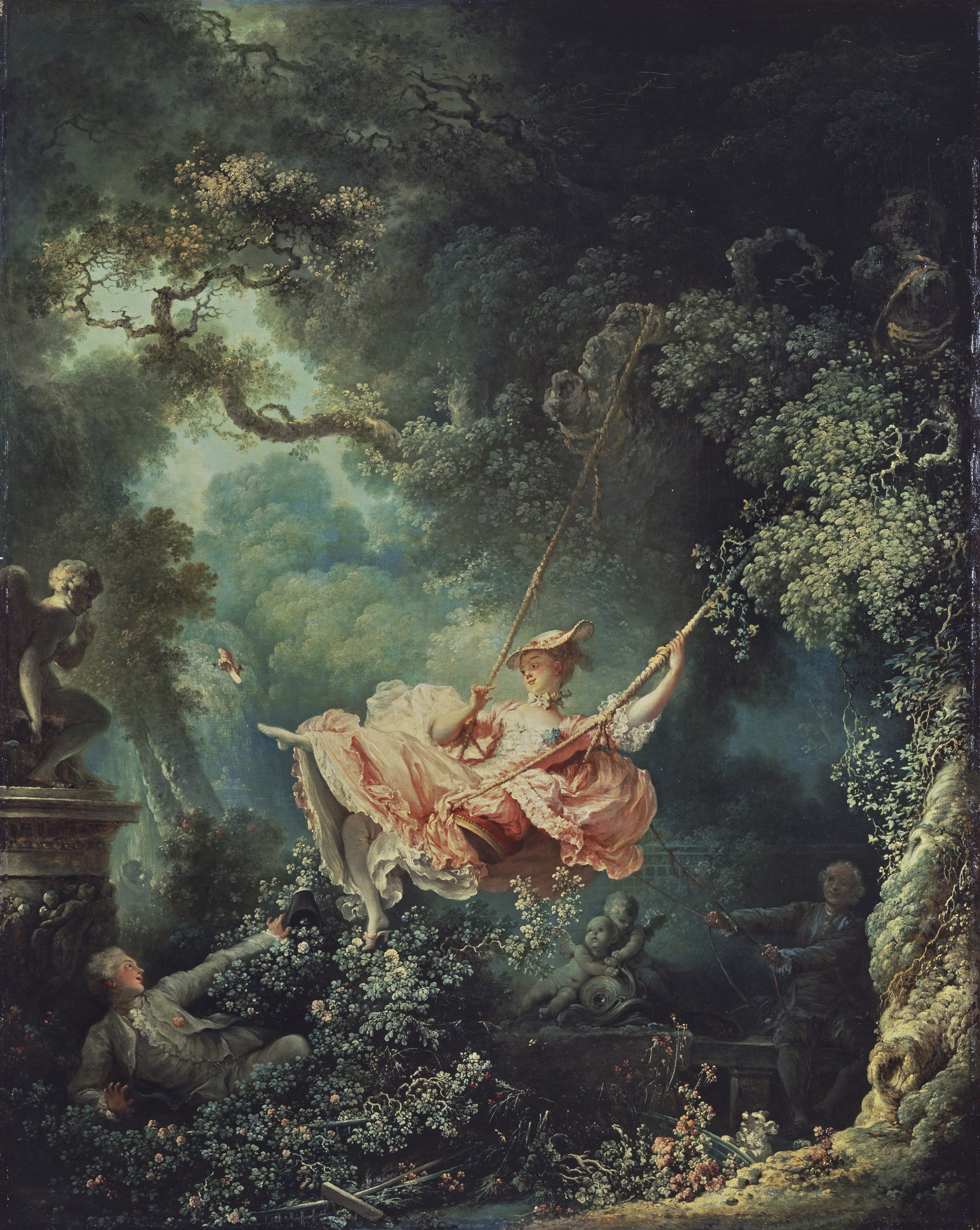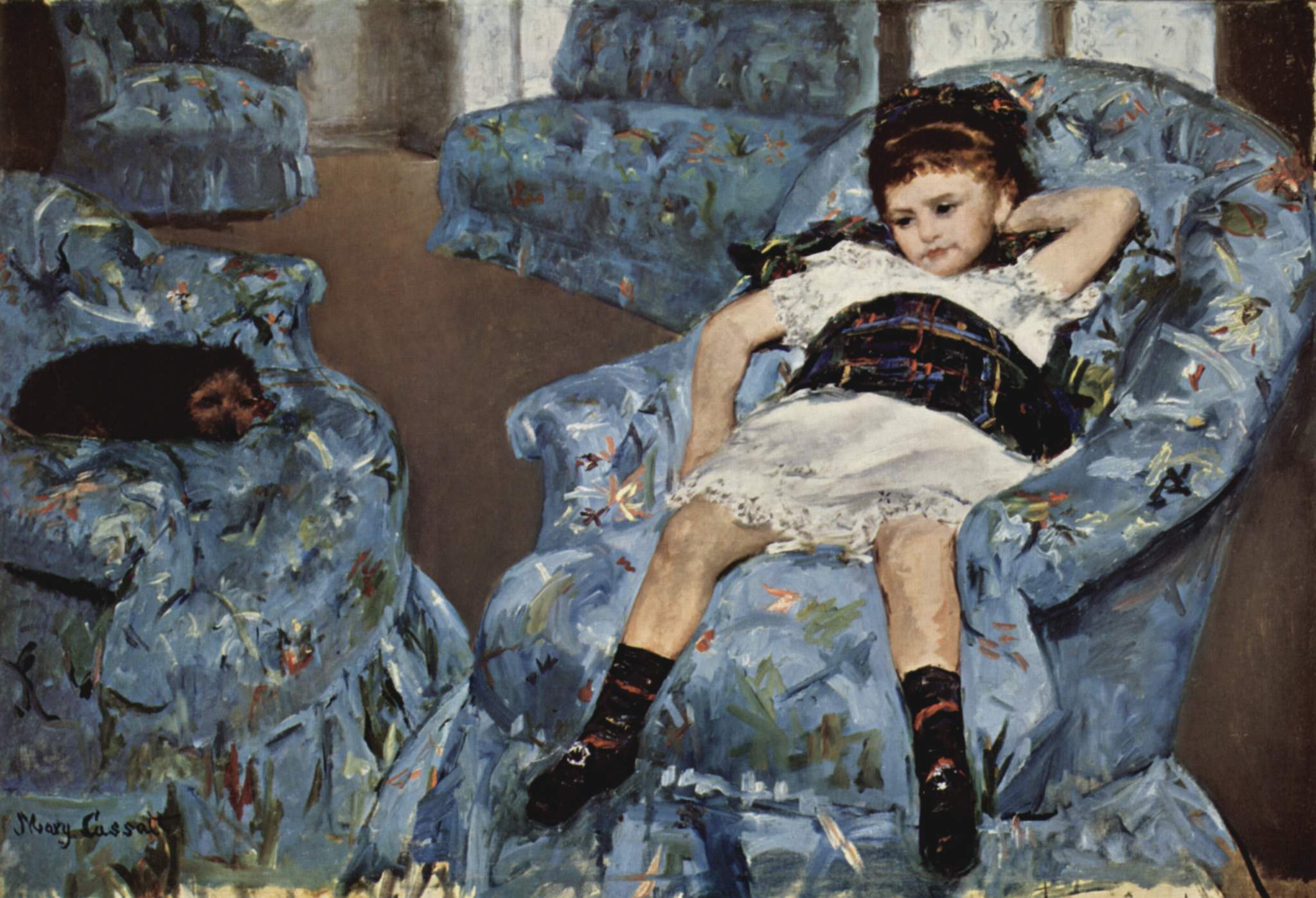Learning to
Look: Looking at and Talking About Photographs
Describe the photograph briefly,
identify the subject, and elements that support the subject in a sentence or
two. Looking carefully at the photograph, consider and discuss the four categories
described here. As objectively as you can, address the properties in each
category that seem important for the photograph.
Note: This exercise works best when
comments and responses relate to something seen within the work. It is not
necessary to discuss every visual element.
1. Visual Elements within the Photograph: What You See
respond to each of the following:
subject: Is the main idea easy to identify? Are there visual devices that lead to the main subject? What are they? Are there elements that distract from the subject?
subject: Is the main idea easy to identify? Are there visual devices that lead to the main subject? What are they? Are there elements that distract from the subject?
light and shadow: Does the light seem to be natural or artificial? Harsh or
soft? What direction is the light coming from? Describe the shadows. Are they
subtle or do they create strong contrasts?
value: Is there a range of tones from light to dark? Squint your
eyes. Where is the darkest value? The lightest? Where are they?
focus: What parts of the image are
clearly in focus? Are some parts out of focus? Note: The range between the
nearest and farthest things that appear in focus define the photograph's depth
of field.space: Do overlapping objects create a sense of space? Is the space shallow, deep, or both?
shape: Do you see geometric or organic shapes? Are there positive shapes, such as objects, or negative shapes that represent voids?
line: Are there thick, thin, curvy, jagged, diagonal, or straight lines?
color: What colors do you see, if any?
texture: Do you see visual textures within the photograph? Is there an actual texture on the surface of the photograph?
2. Design of the Photograph- How Things are Arranged
respond to one or two of the following:angle: From what vantage point was the photograph taken? Imagine the photograph taken from a higher or lower angle or view. How does the angle affect the photograph?
framing: Describe the edges of the view. What is included? What does the framing draw your attention to in the photograph? Can you imagine what might have been visible beyond the edges of the picture?
dominance: Close your eyes. When you open them and look at the photograph, what is the first thing you notice? Why is your attention drawn there? Are there other centers of interest? How are they created? How do the focal points help move your eye throughout the photograph?
contrast: Are there strong visual contrasts--lights and darks, textures, solids and voids, etc.?
repetition: Repetition of visual elements can create unity--a sense of order or wholeness that holds the work together visually. What elements are repeated? Do they contribute to a sense of unity?
variety: Variety often creates interest. Can you see a variety of visual elements such as values, shapes, textures, etc.?
balance: Is the visual weight on one side of the photograph about the same as the other? How about top to bottom and diagonally.

.jpg)









